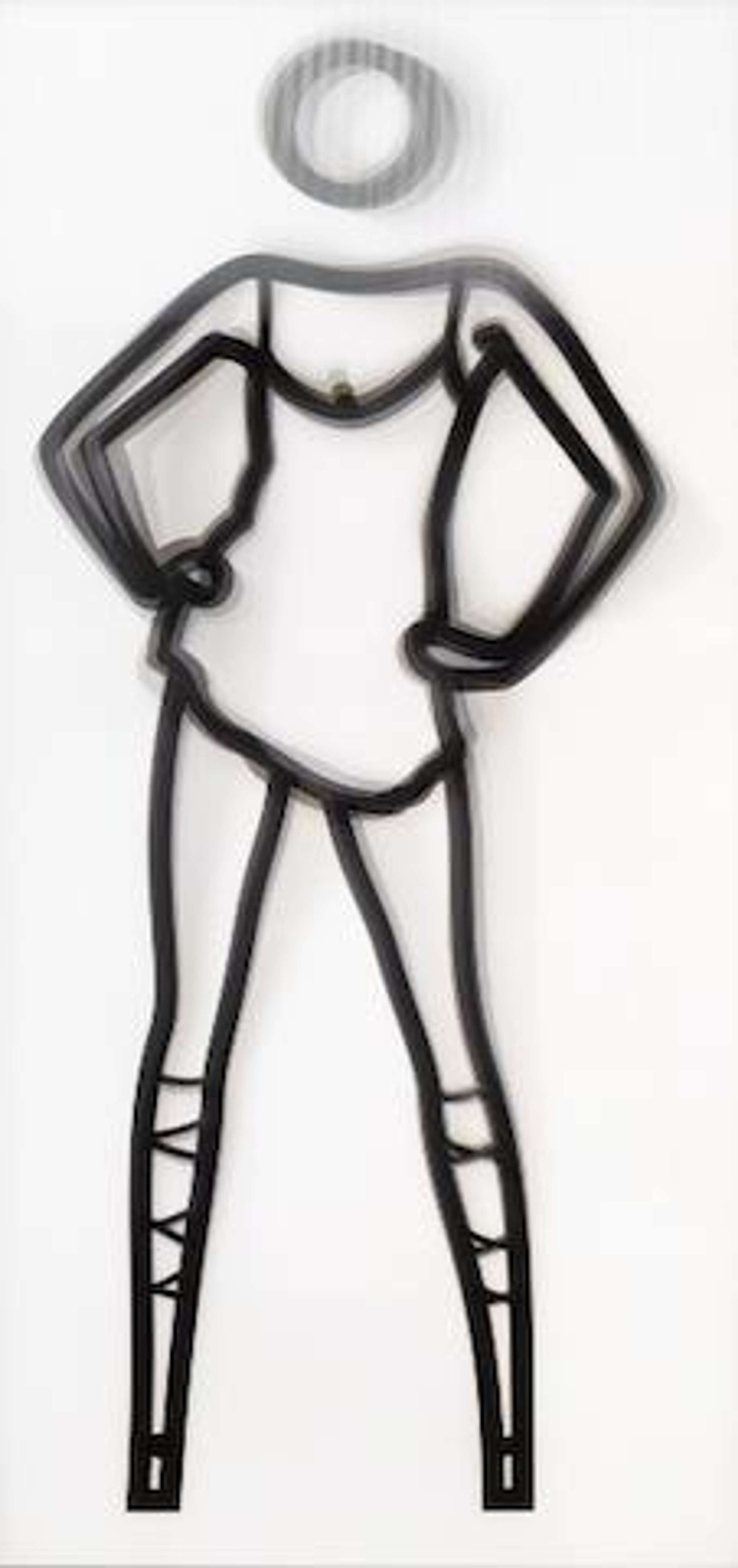
Shahnoza Dancing In A White Dress

Shahnoza Dancing In A White Dress
Signed Print
Julian Opie
£13,500-£20,000Value Indicator
$27,000-$40,000 Value Indicator
$24,000-$35,000 Value Indicator
¥120,000-¥180,000 Value Indicator
€16,000-€24,000 Value Indicator
$130,000-$200,000 Value Indicator
¥2,590,000-¥3,840,000 Value Indicator
$17,000-$25,000 Value Indicator
AAGR (5 years) This estimate blends recent public auction records with our own private sale data and network demand.
There aren't enough data points on this work for a comprehensive result. Please speak to a specialist by making an enquiry.
Medium: Digital Print
Edition size: 45
Year: 2007
Size: H 102cm x W 44cm
Signed: Yes
Format: Signed Print
TradingFloor
Track this artwork in realtime
Watch artwork, manage valuations, track your portfolio and return against your collection
Meaning & Analysis
Shahnoza Dancing In A White Dress is a digital print released in 2007 in an edition of 45 by British Pop artist Julian Opie. The image depicts a pole dancer, Shahnoza, dancing in a short slip dress and lace up heels. The rhythm of her movement is captured in the blurring of the edges of her figure. Shahnoza has been the subject of numerous artworks by opie, reflecting his desire to work on one idea across a number of different media and compositions.
Shahnoza’s head is represented by a blank circle, without a neck and her feet have been cut off; the suggestion of heels remains as material laces up her shins. Her pose remains highly realistic however, due to Opie’s use of photography in the initial stages to capture his subjects, before distilling their main features. Opie’s images of people engage ideas that have long occupied art history by questioning what intrinsic elements are necessary in order to convey a narrative or a person’s character.
Julian Opie, born in 1958, dances through the contemporary art scene with a distinctive digital allure. A trailblazer of the 1980s New British Sculpture movement, Opie's work is a highly stylised blend of Pop Art and minimalism which navigates the intersection of technology and visual expression. From his early experiments with computer-generated art to his iconic portraits and animated installations, Opie's work exudes a captivating simplicity. His signature style, marked by bold lines and reduced forms, is internationally recognisable and has made him a key player in British contemporary art.